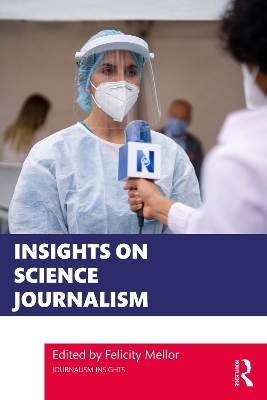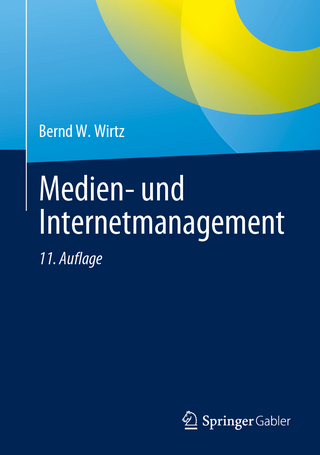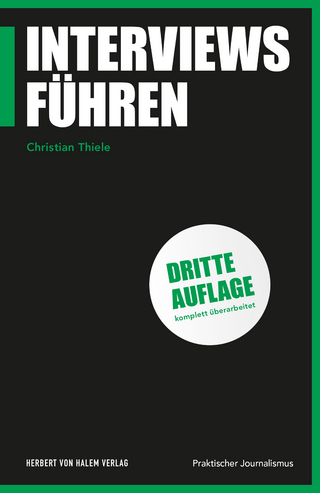
Insights on Science Journalism
Routledge (Verlag)
978-1-032-34128-6 (ISBN)
Bringing together experts from a range of disciplines, this collection critically examines science journalism, paying special attention to the points of tension that science journalists navigate in their work today.
Faced with the twin crises of climate change and a global pandemic, science journalism has never before been so prominent. This book showcases perspectives that transcend the particulars of the specific news events and outlets studied, in order to provide an overview of the key areas of scholarly interest regarding the nature of science journalism. The volume is organised into three sections: the first provides historical case studies illustrating the demarcation of science journalism from science as science journalism emerged as a recognisable news beat in the twentieth century; the second examines the relationship between science journalists and their sources, particularly scientists, and the mediation of this relationship through organisations, foreign journalism and political constraints; and the final section considers the style and voice of science journalism content. Case studies and original empirical research are compiled from across the globe, including the UK, US, Germany, Vietnam, and Russia, and are synthesised to offer a readable and engaging insight into the beat.
Insights on Science Journalism is recommended reading for advanced students and researchers of science journalism and communication and will also appeal to those working in the fields of science and technology studies and risk communication.
Felicity Mellor is Director of Science Communication Unit at Imperial College London, UK, where she oversees the Unit’s long-running masters programmes in science communication. Her research focuses on science journalism and the ideological dimensions of media discourse about science. Her publications include two co-edited books: The Silences of Science and Science and its Publics.
List of Contributors
Introduction: Beating the bounds of science journalism
Felicity Mellor
Part 1: Establishing a Beat
1. “Making democracy safe”: The development of US science journalism in the 1920s
Susan E. Swanberg and Felicity Mellor
2. The expanding role of science journalism: BBC radio in post-war Britain
Jared Robert Keller
3. Constructing identity, protecting independence: Science journalists’ associations
Jane Gregory
Part 2: Journalist-Source Relations
4. Copy and paste: Churnalism in science journalism
Lars Guenther, Justin T. Schröder and Anna Tratter
5. Science Media Centres: Walking a line between science, PR and journalism
Irene Broer
6. The over-reliance on foreign science news in developing countries: Causes, consequences and solutions
An Nguyen and Minh Tran
7. “The death of experts”: Sourcing science journalism in a state-controlled media environment
Alexandra Borissova Saleh
Part 3: The Journalistic Voice
8. Partial to being impartial? Debates about balance in science journalism
Felicity Mellor
9. Making science trend: the style of popular science magazines
Katarzyna Molek-Kozakowska
10. Ethical compromise in narrative science journalism: The Immortal Life of Henrietta Lacks
Lauren Kilian
Conclusion: A conversation with the future
Felicity Mellor
Index
| Erscheinungsdatum | 16.03.2024 |
|---|---|
| Reihe/Serie | Journalism Insights |
| Zusatzinfo | 2 Tables, black and white; 1 Line drawings, black and white; 1 Illustrations, black and white |
| Verlagsort | London |
| Sprache | englisch |
| Maße | 156 x 234 mm |
| Gewicht | 390 g |
| Themenwelt | Geisteswissenschaften ► Geschichte |
| Naturwissenschaften | |
| Sozialwissenschaften ► Kommunikation / Medien ► Journalistik | |
| Sozialwissenschaften ► Kommunikation / Medien ► Medienwissenschaft | |
| ISBN-10 | 1-032-34128-9 / 1032341289 |
| ISBN-13 | 978-1-032-34128-6 / 9781032341286 |
| Zustand | Neuware |
| Haben Sie eine Frage zum Produkt? |
aus dem Bereich


